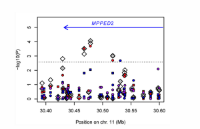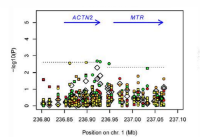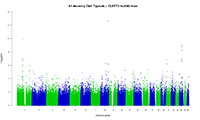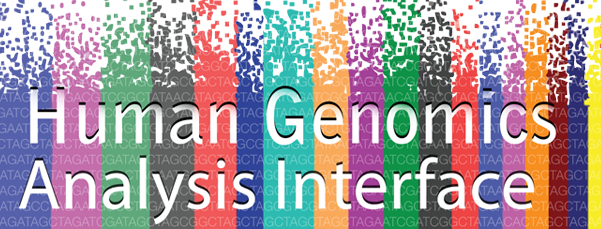
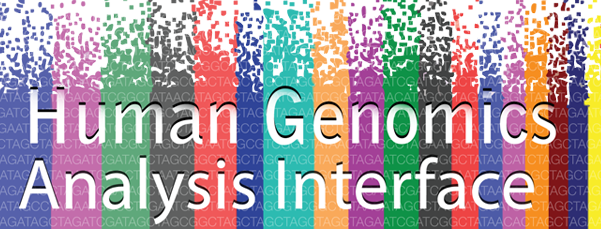
The Center for Craniofacial and Dental Genetics (CCDG) is a collaborator in several large-scale, National Institutes of Health (NIH)-sponsored genomic studies including the Gene Environment Association Studies Initiative (GENEVA) and genome-wide association study (GWAS) initiatives to better understand the genetics of dental caries and oral clefts. Genotype and phenotype datasets from these studies are available to investigators around the world through the NIH’s dbGaP (Database of Genotypes and Phenotypes).
Studies include:
GENEVA Consortium: Center for Craniofacial and Dental Genetics: Study of Dental Caries and Cleft Lip/Palate in Guatemala (dbGaP Study Accession: phs000440.v1.p1)
-
GENEVA Dental Caries Project Quality Control Report, Genetics Coordinating Center at University of Washington
-
GENEVA Marazita Guatemala Dental Caries Project Quality Control Report, Genetics Coordinating Center at University of Washington
-
GENEVA Dental Caries Project Imputation Report - 1000 Genomes Project Reference Panel
Targeted Sequencing Oral Facial Clefts (dbGaP Study Accession: phs000625.v1.p1)
Oral Facial Clefts Multiethnic GWAS (dbGaP Study Accession: phs000774.v1.p1)
- Quality Control Report for Genotypic Data, Genetics Coordinating Center at University of Washington
Normal Human Facial Variation GWAS (dbGaP Study Accession: phs000949.v1.p1)
Gabriella Miller Kids First Program: Genomic Studies of Orofacial Cleft Birth Defects (dbGap Study Accession information coming soon)
In conjunction with the FaceBase consortium, the CCDG has also developed and made available the Human Genomics Analysis Tool to explore the results from these studies.
Highlighted Results from Genomic Studies
|
Replicated (MPPED2, chr11) |
Replicated (ACTN2, chr1) |
GENEVA Orofacial Cleft GWAS Results |
|
GENEVA Dental Caries Study Results:
|
GENEVA Dental Caries Study Results:
|
|


